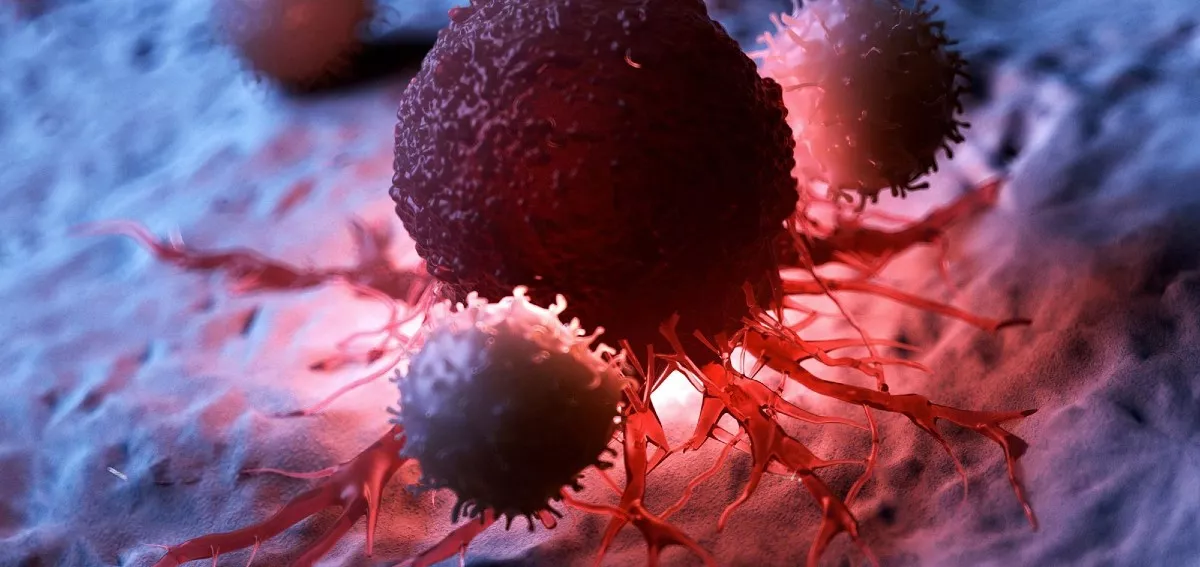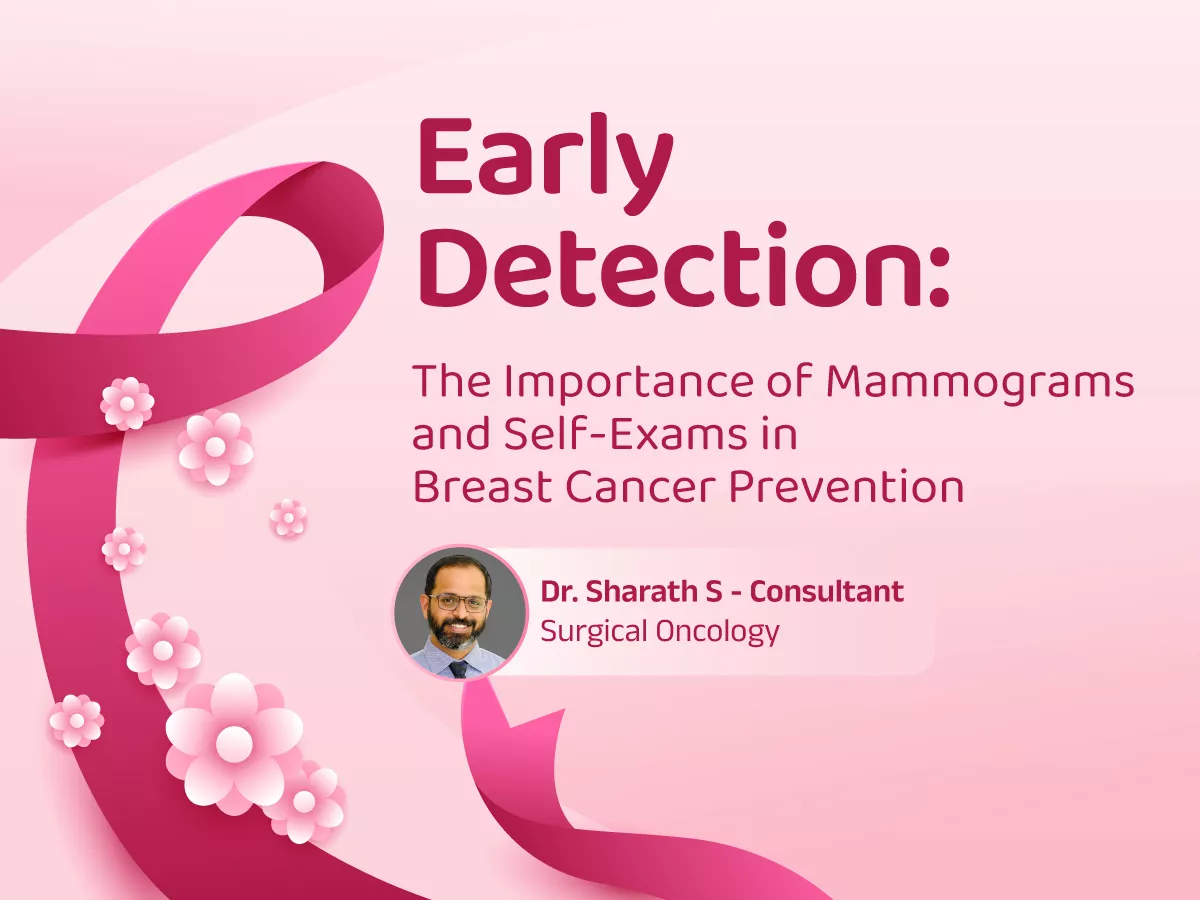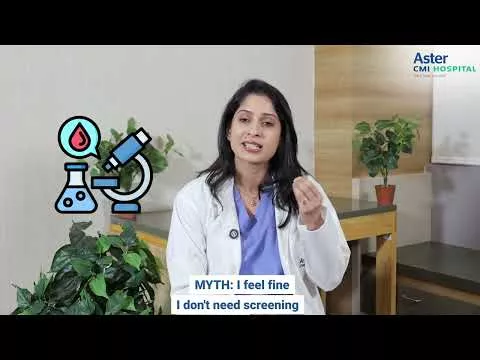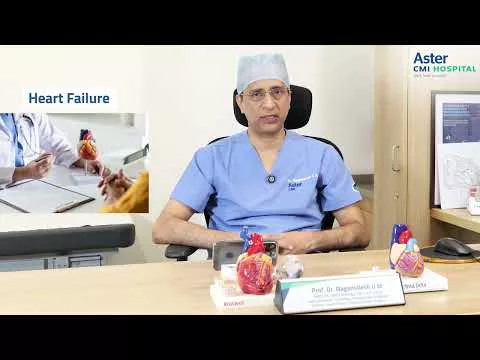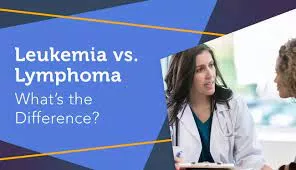The earlier cancer is discovered, the sooner therapy can begin. Knowing the most frequent cancers and their symptoms is therefore beneficial. There are over 100 different varieties of cancer, with some being more common and others being developed based on your gender, age, and race. (For example, prostate cancer affects only men, while breast cancer affects significantly more women.)
Keep in mind that many cancers have no symptoms when they are first diagnosed. If you do experience symptoms, it is better to take cancer treatment in Kerala which is a popular home to many renowned cancer experts in India. You can consult an experienced oncologist in Kochi Kerala at a reputed cancer hospital in Kochi Kerala or seek care from a trusted oncology hospital in Kochi Kerala for timely diagnosis and treatment.
Most common types of cancer and symptoms:
Carcinoma:
The most prevalent type of cancer is carcinoma. It starts in the skin's epithelial tissue or the tissue that lines internal organs like the liver, skin, breast, and kidneys. Carcinomas can either develop in an organ or an area or can spread to other parts of the body. There are several types of carcinoma disease, including:
- Carcinoma in situ: This early-stage cancer has not progressed beyond the layer of tissue from where it originated.
- Invasive carcinoma: Cancer that has progressed beyond the primary tissue layer and into the surrounding tissue.
- Metastatic carcinoma: Cancer that has spread to various tissues and organs throughout the body.
The symptoms of carcinoma vary depending on the location of cancer.
Melanoma:
Melanoma is one of the most critical types of skin cancer. It develops in the cells that create melanin. Melanoma can also develop in the eyes and, in rare cases, it can also develop inside the body, such as the nose or throat.
Although the specific aetiology of all melanomas is unknown, tanning lights,ultraviolet (UV) radiation from the sun, and beds increase your risk of acquiring melanoma. The risk can be reduced with less exposure to UV light.
Melanoma risk appears to be rising in those under 40, particularly women. The common melanoma signs and symptoms include a change in an existing mole and new pigmented or unusual-looking growth on your skin. Melanoma does not form due to the existing mole, it can also emerge on skin that appears to be normal.
Leukemia:
Leukemia is a type of cancer that originates in the blood tissues. It affects the lymphatic system and bone marrow.
There are numerous types of leukemia. Research says that children are largely affected by certain types of leukemia. Other types of leukemia mostly affect adults. White blood cells are commonly affected by leukemia. Your white blood cells that develop and divide in a regular pattern have the potential to fight infections but in patients affected by leukemia the bone marrow produces aberrant white blood cells that don't function properly. Depending on leukemia and other circumstances, the treatment might be complicated.
However, there are best practices and treatment methods to successfully treat the disease. The symptoms vary depending on the leukemia type. Fever, weakness, weight loss, bleeding, and bone pain are all common indications and symptoms of leukemia.
Lymphoma:
Lymphoma is a type of cancer that affects the lymphatic system, which is part of the body's germ-fighting system. Lymph nodes (lymph glands), thymus gland, spleen, bone marrow, and other organs throughout the body, can be affected by lymphoma.
Lymphoma is of various types. The following are the primary subtypes:
- Hodgkin lymphoma ( Hodgkin's disease)
- Lymphoma (non- Hodgkin's)
The doctor would suggest treatment by determining the serenity and type of lymphoma. Immunotherapy medicines, chemotherapy, a bone marrow transplant, radiation therapy, or a combination of these treatments may be used to treat lymphoma. Common signs and symptoms include: fever, night sweats, weight loss, itchy skin, exhaustion, and painless swelling of lymph nodes.
Sarcoma:
A sarcoma is a form of cancer that can affect any part of your body. Sarcoma is a wide word for a variety of diseases that start in the bones and soft tissues. Sarcomas of the soft tissues develop in the tissues that link, support, and surround other body structures like muscle, fat, blood vessels, nerves, tendons, and the lining of your joints.
Sarcomas come in over 70 different varieties and treatment for each type varies. Certain common symptoms of sarcoma include a lump that can be felt through the skin that may or may not be painful, bone pain, weight loss, abdominal pain, and broken bone.
Lung cancer:
Lung cancer begins in the lungs and if left untreated it can spread throughout the body. Lung cancer is the largest cause of cancer deaths globally. This type of cancer is most common in smokers, yet it can also strike people who have never smoked. Even if you have been smoking for a long time, quitting smoking can greatly reduce your lung cancer risk.
Lung cancer does not normally show signs or symptoms in its early stages. You can get to sense some changes in your body only when the disease is advanced. Some common symptoms of lung cancer are a new cough that does not go away, coughing up blood, shortness of breath, chest pain, hoarseness, sudden weight loss, bone pain, and headache.
FAQs:
1. What is cancer?
The human body is made up of tiny cells. Cancer is formed when these cells grow and change out of control.
2. What causes cancer?
Predisposition to develop cancer and exposure to risk factors may contribute to causing cancer.
3. Is there an epidemic of cancer?
Cancer is not an epidemic but a common disease.
4. Do we get cancer from what we eat?
Research says that a low-fiber, high-fat, diet popular in industrialized countries plays a role in around a third of all malignancies.
5. Can cancer be prevented?
Certain types of cancer can be prevented. Some of the measures that you can take to reduce the risk of cancer are avoiding smoking, avoiding sun damage, getting regular Pap screenings, and eating a high-fiber and low-fat diet.
